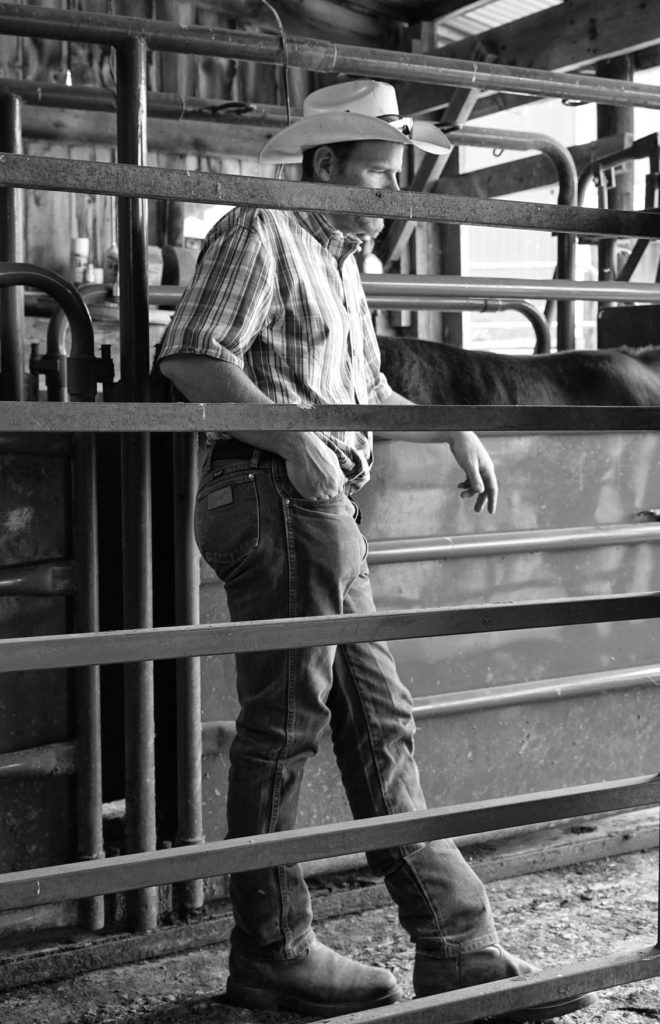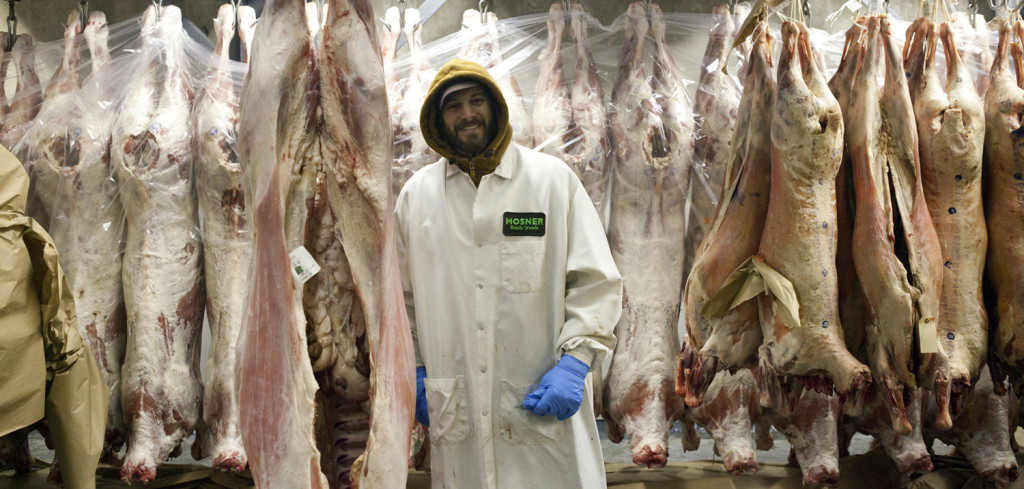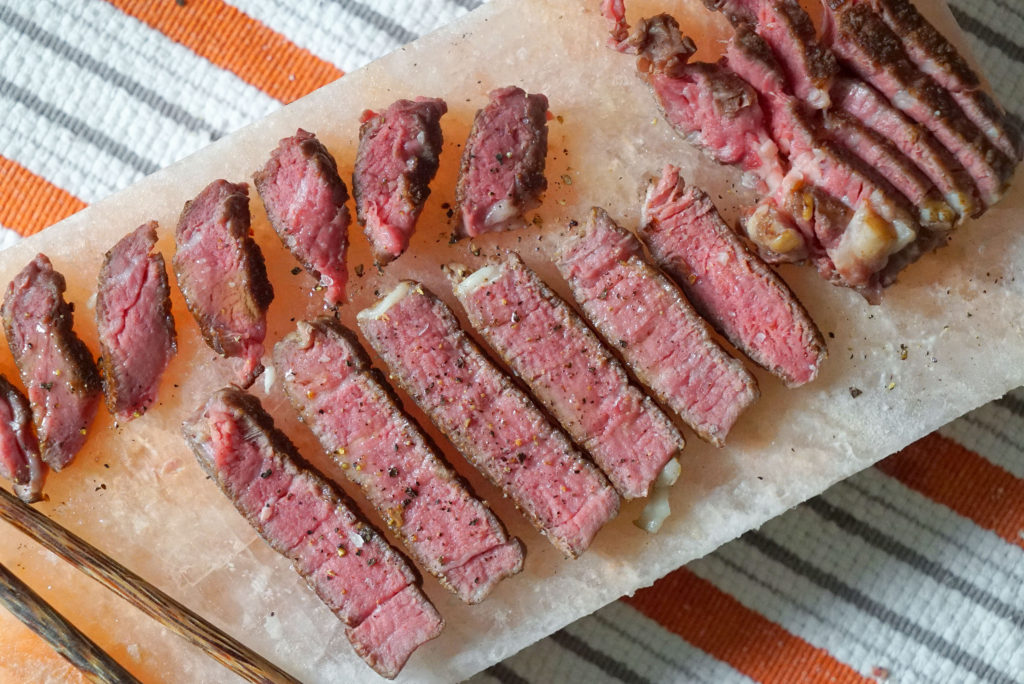It’s been a year since I started getting more deeply involved with beef industry professionals and writing posts that advocate on their behalf. One thing I’ve noticed is that lots of people don’t realize how many different professions are involved in the beef industry.
It’s not just farmers, butchers and chefs. It starts, of course, with the animals themselves, the cattlemen that raise them, and the farmers that grow their food.

Like humans, cows have a nine month gestation period. For the first few months, a calf is raised on its mother’s milk (colostum – for key nutrients and immunity). After maybe six or eight months, a calf is weaned off of mother’s milk and put out to pasture. At that time decisions are typically made about whether the animal will be sold off or kept for breeding.
The feed yard is typically the next location for the animal (when the animal is about a year old). This is where they get fattened up for market.
Grain finished animals stay in a feed yard for about 120-180 days. The grain mixture they eat is typically representative of local agriculture. For example, in California there may be almond hulls mixed in with the standard corn or wheat. In New York, there are sunflower seeds mixed in. In Idaho, there is some potato mash.
Grass finished animals stay on pasture or hay for seven or eight months longer, on average, than grain finished animals. They do not eat grain. It generally takes longer for them to get to market weight.
After that, it’s off to the slaughter they go, where we have people who work at processing plants for slaughter and packing. The Humane Slaughter Act of 1958, updated in 1978 and 2002, governs how all of this is done.

At the packing plant, the beef product is broken down into primal and sub-primal cuts:
-
Primal: chuck, rib, round, loin.
-
Sub-Primal: bottom round, top round, eye round, round tip.
Then, the meat is shipped off to grocers, butchers, restaurants and other end-user locations, ultimately ending with diners like you and me gobbling up all of that delicious meat.


Veterinarians, animal care specialists, scientists and government inspectors are present at each step during this process, from farm, to feed yard, to slaughterhouse, to distributers, to grocers, restaurants and butcher shops. And, of course, law makers and beef industry professionals have helped put together all of the guidelines and regulations that govern and run the industry.
It’s a very complex and well-monitored process, so don’t let anyone fool you into thinking that beef is somehow unsafe. The industry also provides for countless jobs, and that stimulates the economy. Last, and most importantly, they all help to put steak on our dinner plates.


